Bajaj Auto plots home run on e-Chetak before undertaking global foray
Auto’s management is keen on a slow and steady approach, not just when it comes to EV battery charging but also plugging into the domestic market before setting sight on foreign market conquests.
Pune-based Bajaj Auto is firing on all cylinders on the export front, having shipped 934,581 units in the April-September 2019 period (7.50%), the export market leader by far. But when a new overseas business opportunity came knocking for export of its recently revealed all-electric Chetak scooter to Europe as early as March 2020, the company turned down a request from its Austria-based partner KTM AG. The reasoning is clear: to focus unequivocally on the Indian market after the Chetak’s official launch in January 2020.
According to Eric Vas, head of the Urbanite Division at Bajaj Auto, KTM AG evinced interest in receiving the Chetak to Europe sometime in March next year as at present the lean season is holding sway. “We have told them that we first want to supply in India,” he said, emphasising that it is better to concentrate on a big market like India and then use the learnings to make a mark internationally.
Besides the proposed exports, KTM has also expressed interest in using Chetak’s platform for its products. Hence, if KTM, as well as Husqvarna, develop an electric scooter based on the Chetak platform, they will presumably be also sold in India, albeit at a more expensive price-tag. KTM already has electric motorcycles for off-road duties.
KTM revs up game, could hitch a ride on the Chetak
KTM’s keenness on the Chetak is understandable and can be gauged from the fact that Europe remains one of the fastest-growing markets for electric vehicles in general and two-wheelers in particular. According to an estimate, the European electric scooter and motorcycle market is expected to reach $892.4 million (Rs 6,406 crore) by 2025, with a compounded growth rate of 26.2 percent, which looks very attractive given the current state of global economies.
KTM has proved to be a blue-chip for Bajaj Auto, which currently has a 47.99 percent interest in KTM AG, Austria which produces motorcycles under the KTM and Husqvarna brands and sees strong sales in the USA, Germany, France, Australia, the UK, Italy, Spain, Canada, Austria, Argentina and other European countries. And, more recently, India has in the past couple of years become a manufacturing and sales hub. Over the years, through its Bajaj Auto International Holdings subsidiary, Bajaj Auto has invested a total of 198.1 million euros (Rs 1,219 crore) in KTM.
Calendar year 2018 was a record year for KTM, with highest sales in units and the highest turnover in the history of the company. India has turned out to be a surprise market for the KTM brand and in FY2019, with sales of 50,705 units, overtook the USA in volumes. KTM’s FY2019 sales were a growth of 9.46 percent over FY2018 (46,321) and 33 percent over FY2017 (34,970). Currently, the markets in India, Bangladesh, Nepal, Sri Lanka and a part of South East Asia are managed by Bajaj Auto for KTM and Husqvarna.
Eric Vas, head of the Urbanite Division at Bajaj Auto, along with managing director Rajiv Bajaj, at the reveal of the electric Chetak, which marked the company's return to scooter manufacturing.
In the fiscal year to date (April-October 2019), Bajaj Auto has manufactured 99,862 units of the KTM Duke at its Chakan plant in FY2019. This is also the period when India became the largest market for KTM, overtaking the USA. However, company executives claim that despite sales crossing the 50,000 mark, FY2019 was also a challenging year for KTM due to aggressive launches by competitors. KTM countered the competition by introducing the KTM Duke 125. The Duke 125, being an entry level KTM, played a strategic role in drawing new customers into the franchise and helped the brand recover its market position and volumes in the second half of FY2019.
Staying plugged in on-demand
Last year, total electric two-wheeler sales in India were around 10,000 units per month, under the FAME-1 policy which provided subsidies to all electric two-wheelers irrespective of their range and motor size. Interestingly, most of the sales came from slow-speed electric vehicles (speed less than 25kph and a motor of less than 250 watts). The high-speed vehicles sold less than 2,000 units a month.
The Chetak will go on sale in Pune, Bangalore and other initial markets through the premium KTM India dealerships in line with the electric scooter's product positioning
In the first six months of 2019, high-speed vehicles have seen sales of meagre 3,000 units. But this does not ruffle the Bajaj Auto management. “It does not bother us because if you have a good product, then the market will expand eventually,” said a confident Vas.
Bajaj Auto executives claim that they are employing a cautious approach in launching the Chetak, and will scale up based on market demand in the country. The company plans to launch the electric scooter in Bangalore and Pune first before progressively expanding to other major cities including Mumbai, Delhi, Chennai and Hyderabad, among others.
“It is important for us to remain adaptive and respond to that, rather than have a plan cast in stone. It is very easy for us to scale up and we can do it as we go along,” pointed out Vas.
Slow and easy but in full charge
Bajaj Auto has taken inspiration from the benefits of slow charging of mobile phones. Research suggests that fast charging depletes the battery life by about 20-25 percent, depending on the ambient temperature. Considering the high temperatures in a country like India, battery life does get impacted severely. The company is committing a battery life of over 70,000km for the Chetak, which is substantial and is a comment on the high quality of the lithium-ion battery, considering users will typically commute less than 50km a day on the electric Bajaj.
Secondly, fast charging requires EV-friendly infrastructure, which is virtually absent in India. Keeping these factors in mind, Bajaj Auto is fully focused on producing a topnotch quality product. Vas emphasised that “at this point, as a company, we wish to get the product right and systems right.”
High on craftsmanship and connectivity
The new Chetak features a horseshoe-shaped LED headlight with DRLs, feather-touch activated electronic switches and sequential scrolling LED blinkers. A large digital console intuitively displays vehicle information with clarity. Bajaj Auto claims fine craftsmanship is visible in the smallest of details — from handlebar grips, levers and mirrors, to the softly opening of the glove box and the damped seat closure mechanism.
At the heart of the new Chetak is an IP67-rated high-tech lithium-ion battery with NCA cells, which can be charged using a standard household 5-15 amp electrical outlet. The on-board Intelligent Battery Management System (IBMS) controls charge and discharge seamlessly. Additionally, an elegant home-charging station is available at a nominal cost. The Chetak offers two ride modes (Eco, Sport) and a reverse assist mode to ensure that all the demands of a rider are taken care of. In Eco mode, the e-scooter has a range of 95km and 85km in Sport mode. Regenerative braking via an intelligent braking system that converts braking heat into kinetic energy helps maximise its range.
The Chetak offers a fully-connected riding experience by virtue of being embedded with mobility solutions like data communication, security and user authentication that will enable customers to have a seamless ownership and riding experience. The Chetak mobile app gives the rider a comprehensive overview of all aspects of his / her vehicle and its ride history.
Finally, at the end of the day, when it comes to a brand-new product, the proof of the ‘pudding’ lies in its real-world performance, more so when it is charged with running on electricity. Bajaj Auto took on the challenge in the form of an eco-friendly rally. Soon after Bajaj Auto unveiled its first-ever electric scooter on October 16, 20 intrepid riders astride Chetaks were flagged off from Delhi on a 3,000km run that saw them travel to Agra, Jaipur, Udaipur, the Chetak Samarak in Chittorgarh, Ahmedabad, Mumbai and Panaji before ending in Pune on November 14. And the feedback they gave the company has the company executives enthused and they also report that the rally generated “tremendous” interest among the general public during the silent, emission-free rally.
Considering the original IC-engined Chetak had ‘Hamara Bajaj’ engraved into its DNA as a result of generations having ridden it, will the reborn brand in its new electric avatar draw the millennial and eco-conscious buyer?
High-performance Chetak planned
Speaking at the reveal of the Chetak on October 16, Bajaj Auto’s managing director Rajiv Bajaj revealed that the company is working on a performance-oriented version of the Chetak, which will be sold under the KTM or Husqvarna brand. KTM is no stranger to high-performance electric two-wheelers. The brand sells the Freeride E-XC — the electronic counterpart of the Freeride 250 R enduro bike — in international markets. And at the 2013 Tokyo Motor Show, the company had revealed the E-Speed electric scooter concept, whose final product never saw the light of day. However, KTM is now expected to use the Chetak platform to make its first electric scooter.
The Chetak features retro-styling and is powered by a 4kW motor. Expect the KTM/Husqvarna iteration of the model to feature a much bolder and sharper design language with better performance; and, most likely, more premium hardware in terms of suspension and brakes. This high-performance scooter is still very much in its nascent stages, so a launch in the near future is unlikely.
Industry stakeholders too are keenly watching Bajaj Auto’s moves — for a company that moved out of scooters to successfully chart a new growth path in motorcycles, the diversification into electric has been a much-thought-out move. It just might set the tone for the electric two-wheeled roadmap of the country.
(This article was first featured in the December 1, 2019 issue of Autocar Professional)
RELATED ARTICLES
Renault India's Quiet Fixer
As the head of Renault India, Francisco Hidalgo Marques faces his biggest challenge yet.
Tesla’s Test
Unlike in other markets, Tesla has taken a long-game approach in India, focusing on creating the infrastructure first.
‘India’s E20 Strategy Is the Template Europe Now Needs’
Mahle CEO Arnd Franz believes India’s flex-fuel shift is proving more resilient and market-aligned than the EU’s all-ele...






 01 Jan 2020
01 Jan 2020
 7142 Views
7142 Views




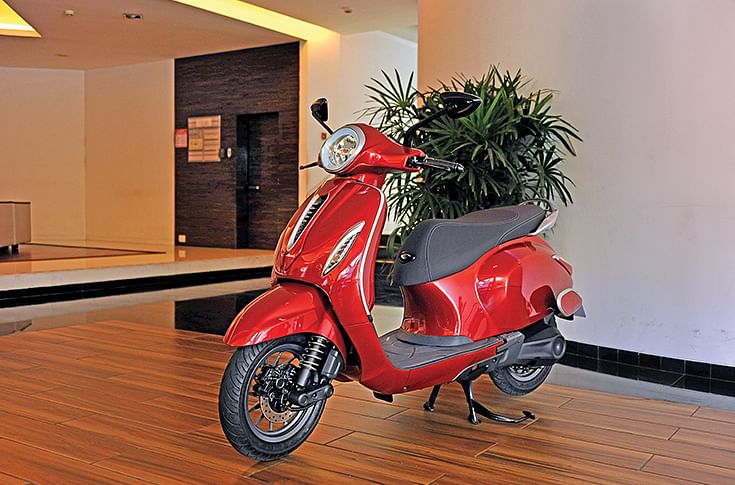
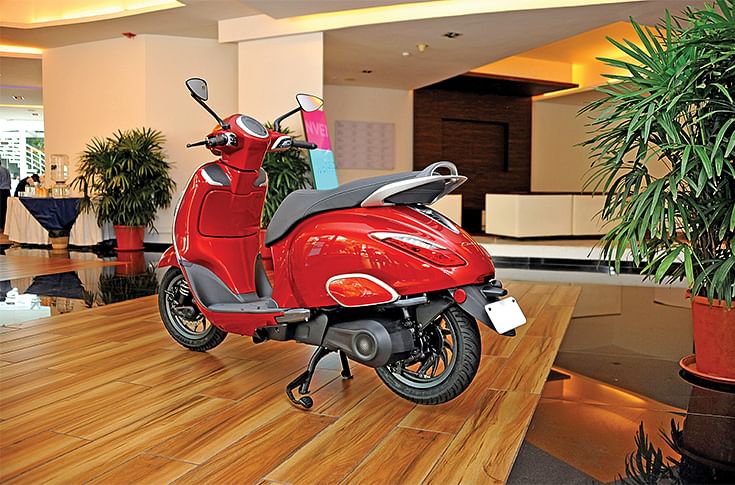
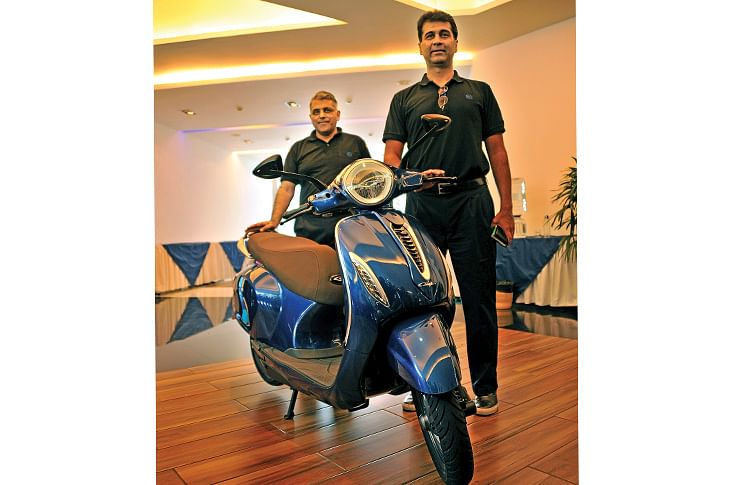
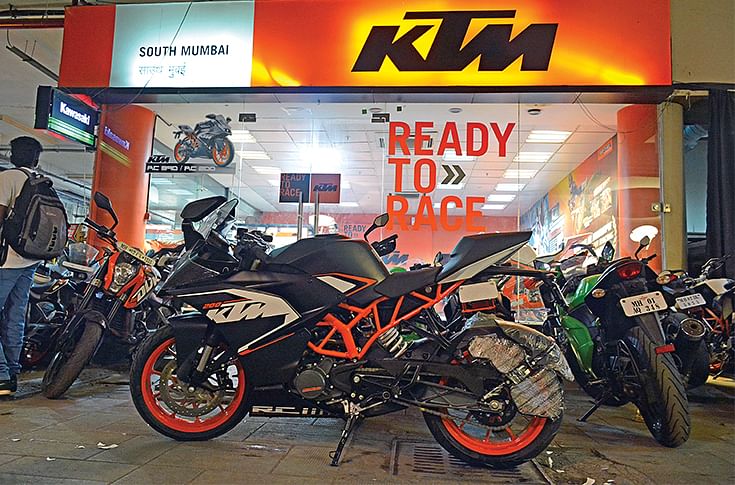
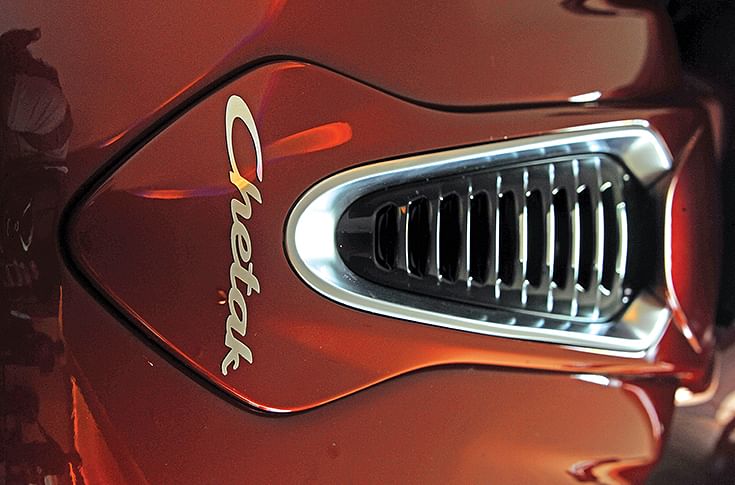

 Ketan Thakkar
Ketan Thakkar




